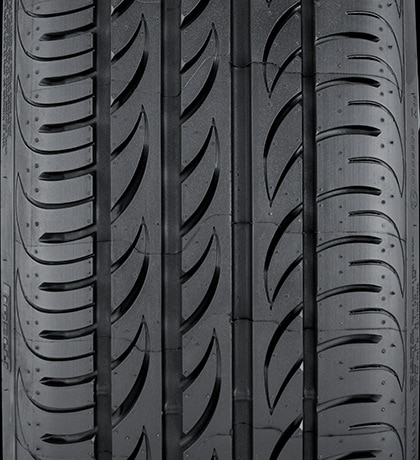Folks: I will be getting new tires soon and probably will be going with Michelin Pilot Sport 4S. I am torn between the 2 sizes below so you gurus let me know if either of these sizes will fit on my SL (OEM Front: 225-45-18, Rear 255-35-20) without having any ABS, traction, etc, ( nanny issues).
1. Front: 235-50-18 Rear 255-40-20
2. Front: 245-45-18 Rear: 255-40-20
If both will fit, which would you recommend and why? Thx guys.
Based on a quick look at Discount Tire's Tire Size Calculator (Tire Size Calculator | Check Tire Size Conversion | Discount Tire), I'd expect problems using either set. Generally, changes over about 3% or so will trigger problems with the nannny controls. Your rear tire choice is 7.7% larger than the stock size. Your front tire 235/50-18 would be 4.9% larger and the 245/45-18 is closer to acceptable at 2.7% larger than stock. When changing front and rear sizes, try to change both by the same amount or as close as you can. Since the speedometer/odometer are driven off the rear wheel, the 255/40-20 will actually be turning at 70 mph when the speedo shows 65.
http://www.willtheyfit.com will also let you see how different wheel/tire sizes will fit/look.
Here's a pic of the differences -











 The only issue I have had is an issue any high performance summer tire would, when it's cold the tire loses some traction. As for the front end handling I have done a lot of upgrades to the suspension as well that have made the slingshot handle remarkably well. RRR strut bar, rebound and height adjustable air suspension, DDM sway bar, DDM sway bar mounts, and DDM end links.
The only issue I have had is an issue any high performance summer tire would, when it's cold the tire loses some traction. As for the front end handling I have done a lot of upgrades to the suspension as well that have made the slingshot handle remarkably well. RRR strut bar, rebound and height adjustable air suspension, DDM sway bar, DDM sway bar mounts, and DDM end links.